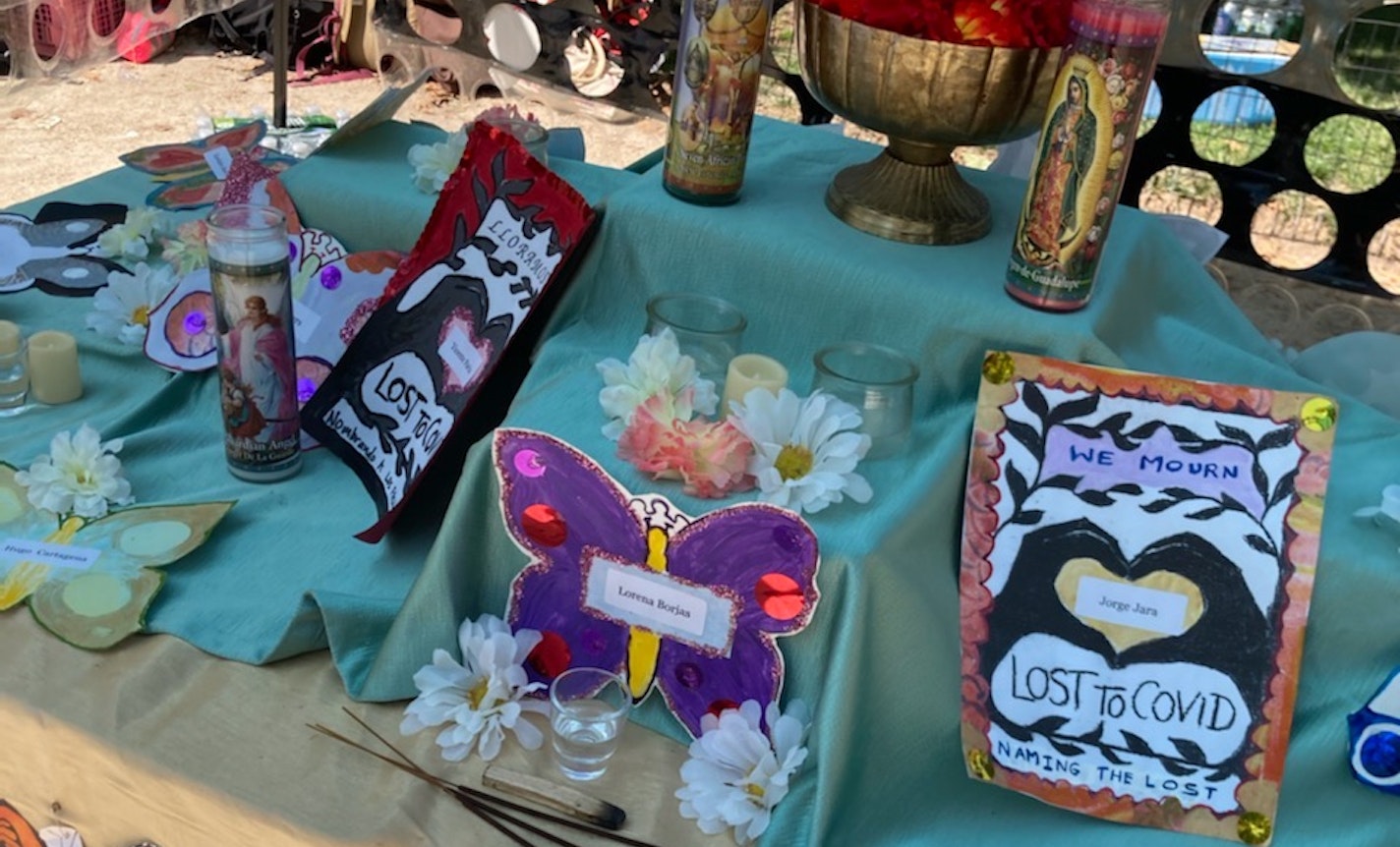Memorials In New York: Here’s How People Are Remembering

THE CITY’s MISSING THEM project is part of a growing number of people and organizations creating memorials, holding vigils and remembering — in different ways — those who died due to COVID-19 in New York.
But where are these memorials? How are folks paying tribute? What does it mean to memorialize? How can you engage with the memorial? Join us on Sunday as several groups come together to talk about the work they’ve done and the people they brought together.
You’ll hear from:
Morris Jumel Mansion and artist Andrea Arroyo who developed CoVIDA, whose title combines “COVID” with “vida” (meaning “life” in Spanish), to honor the people who have passed away from the pandemic, acknowledge the resilience of the community and recognize the courage of essential workers still on the front lines.
Care For The Homeless and Urban Pathways who are holding a vigil on Dec. 16 for those who died this year who were housing insecure. They will read the hundreds of names they’ve collected. Many of those who died this year were victims of COVID-19.
Naming The Lost Memorials, a grassroots team of New York artists, activists, and folklorists, who created monthly memorials inspired in part by vernacular traditions, such as ancestral altars, Mexican ofrendas, and roadside shrines. These are placed around the city to honor and remember those we have lost to COVID-19. NTLM also has a national presence in its initiative called "A Labor of Mourning."
Join us on Sunday to hear from each organization about these memorials.
We want to hear from you too during this time. So, if you’ve been creating your own memorial in your neighborhood, or would like, join us to ask questions and share.
We will open Sunday with an interfaith prayer and blessing from Justin von Bujdoss, a chaplain at NYC's Potter's Field on Hart Island, to honor those who have died during the COVID-19.
Von Bujdoss is presently the first dedicated Staff Chaplain for the New York City Department of Correction where he provides spiritual support for the 13,000 employees, both uniformed and non-uniformed, who work throughout the New York City Corrections system.

